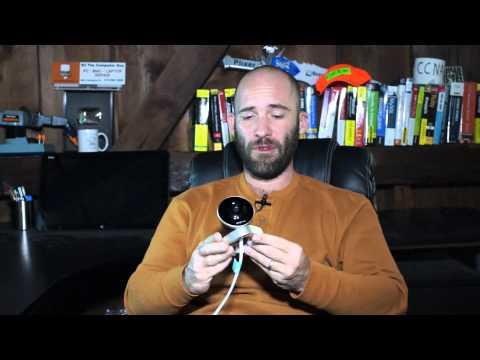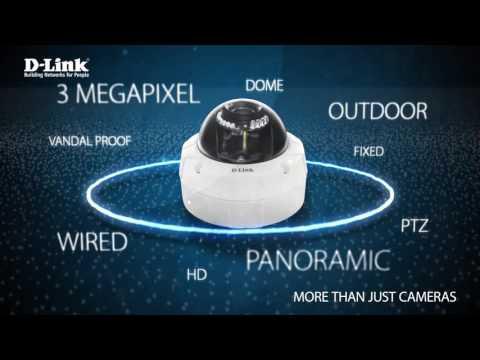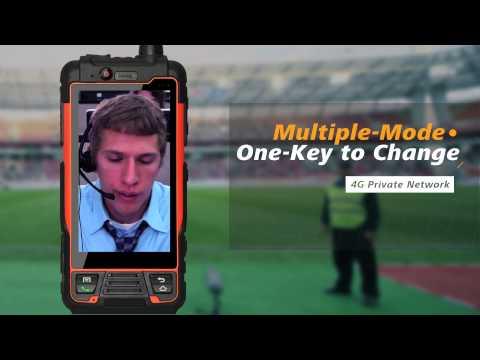Digital Surveillance Cameras
Description
Info
Level: Beginner
Presenter: Eli the Computer Guy
Date Created: February 24, 2012
Length of Class: 70 Minutes
Tracks
Digital Surveillance
Prerequisites
Introduction to Digital Surveillance Systems
Purpose of Class
This class demonstrates the abilities of Digital Surveillance Cameras and explains the differences between types of cameras.
Chapters
Introduction (00:00)
Analog vs. IP Cameras (03:24)
Analog Cameras Configuration (08:31)
Camera Form Factor (22:17)
Camera Feature (35:14)
Purchasing Cameras (49:04)
Final Thoughts (57:49)
Class Notes
Analog vs. IP Cameras
NVR -- Network Video Recorders are used for IP Cameras, DVR - Digital Video Recorders are used for analog cameras.
Resolution for Analog Cameras is TVL -- Television Lines, for IP Cameras resolution is based on pixels.
Analog Cameras Configuration
Analog cameras use RG59 (Siamese) Cable for connecting to the DVR. Siamese cable is a coax cable and a 12 volt power cable contained within a single sheath.
Analog cameras use BNC connectors (British Naval Connectors) You can use adapters for cameras to connect to RCA or standard coax cable connection on TV's.
Make sure to use the right power adapter for the camera.
BalUns allow you to use Cat5 Cable for analog camera wiring. This is NOT an Ethernet, or a TCP/IP connection. It simply uses Cat5 cable to transmit an analog signal.
Camera Form Factor
Bullet
Dome
Box -- Box cameras require you to buy the lens and mount additionally.
Vandal Proof Dome
PTZ -- Pant/ Tilt/ Zoom are robotic cameras
Camera Feature
Low Lux Cameras allow cameras to see in low light levels. 32,000 Lux is sunlight at Noon, 1 Lux is a Full Moon Overhead at Tropical Latitudes, .002 Lux is a Moonless Night with Airglow.
No Light cameras use Infrared Lights to be able to see in a 0 light environment.
Auto Iris Lenses automatically close or open the lens iris to restrict the amount of light that hits the camera sensor so that the camera is not overloaded with light that is too bright.
Wide Dynamic Range cameras can see in a larger number of lighting conditions
Purchasing Cameras
Make sure to buy good cameras
Resources
Lux
SuperCircuits.com
























